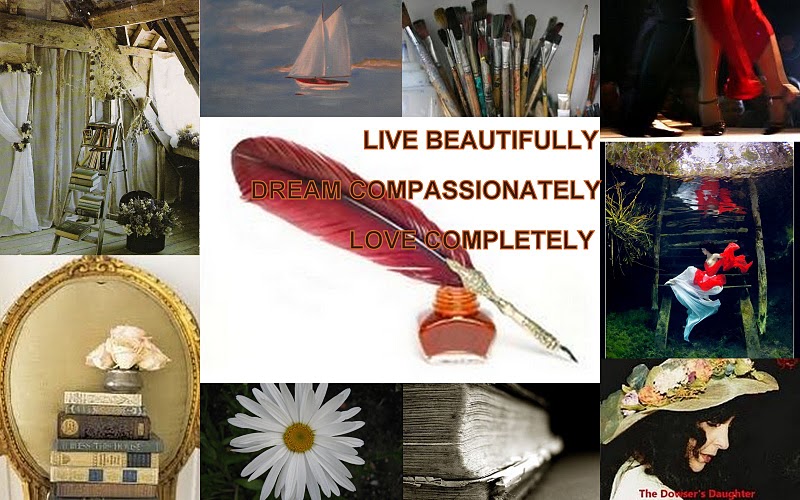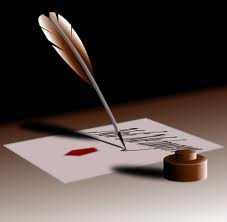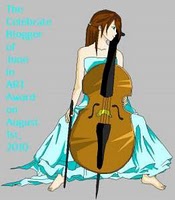google image
I am sitting here in the dry dusty and hopelessly hot desert; temperatures in the shade are in the mid to high 90’s. Red Rim Rock Desert is a thoroughly flat, prehistoric lake bed, composed of a hard pan alkali, ringed by majestic mountains. Daytime temperatures routinely exceed 100ºF and the humidity is extremely low, which rapidly and continually wicks the moisture from your body. Sunscreen, lip balm, skin lotion, a hat, and water are my best friends on the playa. If you don't take a few basic steps to protect yourself, the desert's midday sun will cook you in no time. Even so, while constantly applying sunscreen, my skin is the color of burnt cooper, glistening in the glaring sun. My finger nails and hands are caked with the alkali lake bed soil. My wide brim straw hat offers very little protection. When I take off my hat, I have ‘hat hair’ I am not a pretty sight –Ugh! Hat hair... an ugly term meaning when you remove your hat you are prone to the top of the head to be flattened, while the bottom of the hair flares out, accentuating the hat hair. I’m thinking to myself, my manicure is thoroughly ruined, I look a fright, and clearly by the time I am in my forties with all this extreme temperature exposure, I will no doubt be shriveled up like a California raisin. But this is my passion. This is my path in life, I willingly signed on to do this work. My job description, clearly states, No Whiners need apply. The working conditions of archivists will vary, long hours, extreme weather conditions, low pay, must have a graduate degree. Disclaimer sign on the dotted line the employer is not responsible if. . Oh yes I see in the small print, may be bit by a scorpion, snake or cursed by a mummy.
It takes nearly everyone a day or so to adjust to the desert climate. Some of the people on the dug with us usually spend their first day feeling a bit queasy and cranky. The team leader and the Head Curator of our museum, Dr Dave Jenkins, P.H.D watches them closely reminding them to begin drinking more water as we approach the desert and set up camp. He tells everyone that to stay healthy and enjoy the week, drink water all the time whether you think you need it or not. Drinking up to one gallon of water per person per day is the rule of thumb here and Dr Jenkins positively enforces it. Dr Jenkins led a series of digs here over the years, focusing on recovering bones and cultural materials. Some of the past digs uncovered bones of extinct camels and horses, and bison and goats mixed in deposits of artifacts.
google image
So far four days into the dig, all is well, no mishaps with the volunteers. They are excited finding mainly cultural items such as fragments of netting, fleshing tools, strands of processed sinew. In the desert when day concedes to night and the sun drops over the horizon, the temperature quickly plummet by at least fifty degrees. Typical overnight lows are in the 40's, it can seem exceptionally cold after extensive daytime sun. While every one was changing into warm clothing and building a camp fire for the evening supper, Dr Jenkins took me aside and asked me to follow him away from the others so we could talk in private.
He started off the conversation rather slowly, methodically, weighting his words. I knew he had something serious to discuss, because he rarely engaged in ‘idle’ conversation, and yet he was pointing to the brilliant star lit sky, and naming a few constellations, mainly half musing to himself. It was another side of him he rarely showed at work, if at all. Well once, when the museum won a very large research grant and we all celebrated with some champagne and delectable bite size treats he did relax and was a very witty and a humorous conversationalist. Thankfully he could at least talk about topics other then ‘artifacts’.
He noticed I was getting cold, and he took out a space blanket and draped it around me, offered me some hot water with a hint of lemon from his thermos, no caffeine allowed, dries you out in the desert. While I sat there sipping the very welcomed hot drink, in a quiet hushed voice, he said, “did you ever wonder why I hired you for this job? You know the competition is fierce in this industry.” He didn’t bother to wait for my answer. He said "It was your research paper. I agreed with your findings, but was wondering how you came to such a conclusion.?" For years, I have been searching in this area, but have been unsuccessful, yet all the evidence is pointing here, and your paper brings that point home. However, you change your research from that point on and state that a much larger find is located on the south end of the lake bed and you support your findings with some bone fragments” "What method did you use?" "Can you show me precisely where, we can leave the others for a while tomorrow and scout out the area” I reluctantly agreed and we went back and joined the others. I wanted to get a good night sleep – once in my warm sleeping bag I mulled over in my mind how do I tell him how I discovered the site, and if I dare tell him the truth?
It was just before dawn when he woke me – he was eager to get started and preferred going in the cool night air before dawn. He already prepared some food and we took one of the vehicles, I ate slowly and silently in the car. I had my back pack with me and some emergency gear, I also had my dowsing rods. We arrived at the location that I had previously logged and recorded the precise location. I said to Dave, I am a dowser, I used an ancient dowsing technique -- "A what?" A dowser... "That's what I thought you said, alright then show me" he said.. I took out my dowsing tools and cleared my mind of any negative thougth's or skepticism and proceeded to show him how it worked. Upon dowsing the area we found six horizontal lines 10' to 12 ' wide running through the south west corner of the lake bed, I immediately felt we were on to something. My dowsing rods told me how deep we had to dig, using the same method you would for locating water and the depth you would dig for a well. We continued to dowse the area for some shallow areas in which we might be able to dig by ourselves, at the very least hoping to find more fragments like I did a few years earlier.
I was surprise how quickly he caught on to dowsing -- once you experience it -- you understand. I did get a strike and asked Dave, (we were on a first term name basis by now) to come over and check it out I thought I was on to something. Both of us excited as kids at a candy shop for the first time, starting to dig and dig and dig, we found a large bone , thrilled we decided to continue for at least another half hour before we returned to the others. We both were surprised at the same time, could it be, a beautiful intact specimen A once in a lifetime find. We took pictures documented the area, and before the heat of the day overtook us we returned to the base camp. We will return with another crew of volunteers to finish excavating the area. This was an exciting find that filled a gap in our knowledge. This being a major discovery will get us that much needed funding for the museum.
Six months later, I was working on an exhibit design, and doing some restoration work on one of the specimens when a brown box was delivered to my lab at the museum. Typically, that is how fragments come for me to label and categorize. I opened it and there was a hand written note and a nicely carved object -- I read the note and looked up -- Dave was standing there, and I said Yes! Some women get diamond rings for an engagement --Dave had hand carved a replica of the prehistoric specimen we found.
"prehistoric elephant"
http://magpietales.blogspot.com/
Fin
Fin






























